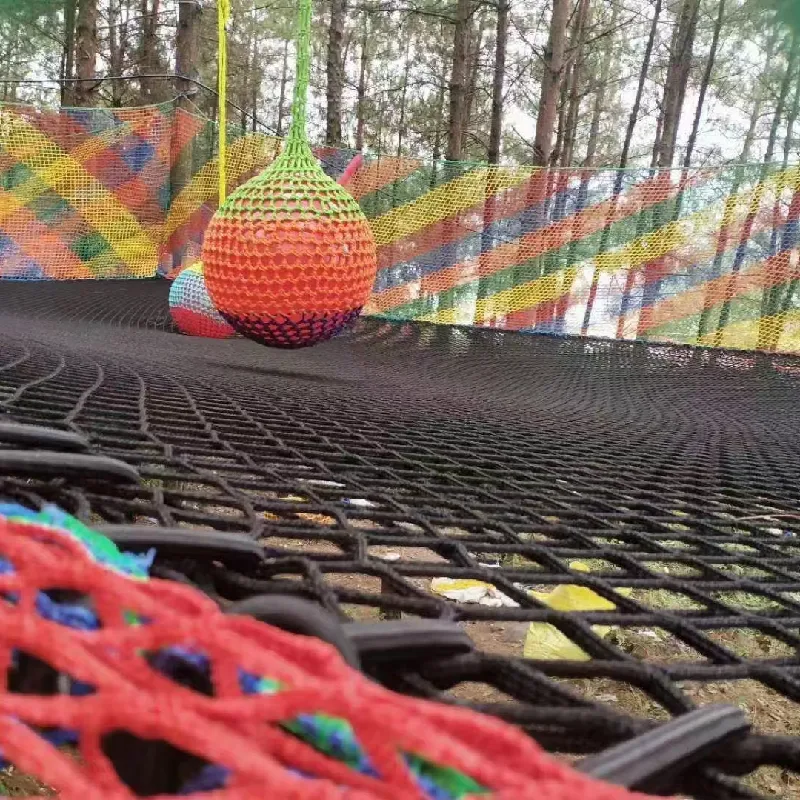-
 Afrikaans
Afrikaans -
 Albanian
Albanian -
 Amharic
Amharic -
 Arabic
Arabic -
 Armenian
Armenian -
 Azerbaijani
Azerbaijani -
 Basque
Basque -
 Belarusian
Belarusian -
 Bengali
Bengali -
 Bosnian
Bosnian -
 Bulgarian
Bulgarian -
 Catalan
Catalan -
 Cebuano
Cebuano -
 China
China -
 Corsican
Corsican -
 Croatian
Croatian -
 Czech
Czech -
 Danish
Danish -
 Dutch
Dutch -
 English
English -
 Esperanto
Esperanto -
 Estonian
Estonian -
 Finnish
Finnish -
 French
French -
 Frisian
Frisian -
 Galician
Galician -
 Georgian
Georgian -
 German
German -
 Greek
Greek -
 Gujarati
Gujarati -
 Haitian Creole
Haitian Creole -
 hausa
hausa -
 hawaiian
hawaiian -
 Hebrew
Hebrew -
 Hindi
Hindi -
 Miao
Miao -
 Hungarian
Hungarian -
 Icelandic
Icelandic -
 igbo
igbo -
 Indonesian
Indonesian -
 irish
irish -
 Italian
Italian -
 Japanese
Japanese -
 Javanese
Javanese -
 Kannada
Kannada -
 kazakh
kazakh -
 Khmer
Khmer -
 Rwandese
Rwandese -
 Korean
Korean -
 Kurdish
Kurdish -
 Kyrgyz
Kyrgyz -
 Lao
Lao -
 Latin
Latin -
 Latvian
Latvian -
 Lithuanian
Lithuanian -
 Luxembourgish
Luxembourgish -
 Macedonian
Macedonian -
 Malgashi
Malgashi -
 Malay
Malay -
 Malayalam
Malayalam -
 Maltese
Maltese -
 Maori
Maori -
 Marathi
Marathi -
 Mongolian
Mongolian -
 Myanmar
Myanmar -
 Nepali
Nepali -
 Norwegian
Norwegian -
 Norwegian
Norwegian -
 Occitan
Occitan -
 Pashto
Pashto -
 Persian
Persian -
 Polish
Polish -
 Portuguese
Portuguese -
 Punjabi
Punjabi -
 Romanian
Romanian -
 Russian
Russian -
 Samoan
Samoan -
 Scottish Gaelic
Scottish Gaelic -
 Serbian
Serbian -
 Sesotho
Sesotho -
 Shona
Shona -
 Sindhi
Sindhi -
 Sinhala
Sinhala -
 Slovak
Slovak -
 Slovenian
Slovenian -
 Somali
Somali -
 Spanish
Spanish -
 Sundanese
Sundanese -
 Swahili
Swahili -
 Swedish
Swedish -
 Tagalog
Tagalog -
 Tajik
Tajik -
 Tamil
Tamil -
 Tatar
Tatar -
 Telugu
Telugu -
 Thai
Thai -
 Turkish
Turkish -
 Turkmen
Turkmen -
 Ukrainian
Ukrainian -
 Urdu
Urdu -
 Uighur
Uighur -
 Uzbek
Uzbek -
 Vietnamese
Vietnamese -
 Welsh
Welsh -
 Bantu
Bantu -
 Yiddish
Yiddish -
 Yoruba
Yoruba -
 Zulu
Zulu
steel cable mesh
The Versatility and Strength of Steel Cable Mesh
Steel cable mesh has emerged as a vital component in various industries, offering unparalleled strength, flexibility, and durability. This engineered material consists of interwoven steel cables that form a grid-like structure, providing a unique solution for a multitude of applications.
One of the most significant advantages of steel cable mesh is its exceptional tensile strength. The composition of the steel cables allows them to withstand heavy loads and resist deformation under pressure. This makes steel cable mesh an ideal choice for construction projects, where structural integrity is paramount. Whether it's reinforcing concrete structures, scaffolding, or even forming a protective barrier, the mesh ensures stability and security in demanding environments.
In the realm of architecture, steel cable mesh has gained popularity due to its aesthetic appeal and functionality. It can be utilized in various forms, including facades, railings, and interior design elements, where it serves a dual purpose — providing safety while enhancing visual aesthetics. The open structure of the mesh allows light and air to pass through, creating a beautiful interplay of transparency and shadow, which can be particularly striking in modern architectural designs.
Moreover, steel cable mesh is not only functional but also environmentally friendly. Its longevity means less frequent replacements, reducing waste and the demand for raw materials. Additionally, steel is often recyclable, which aligns with the increasing focus on sustainable building practices. By opting for steel cable mesh, builders and architects can contribute to a greener future while maintaining high standards of safety and performance.
steel cable mesh

The applications of steel cable mesh extend beyond construction and architecture. In the realm of agriculture, for instance, it is employed to create animal enclosures, allowing for visibility while providing necessary security. The mesh is also commonly used in landscaping, serving as a support structure for climbing plants or as an attractive fencing option that blends seamlessly with natural environments. These diverse uses illustrate the adaptability of steel cable mesh in meeting the specific needs of different sectors.
Furthermore, the installation process for steel cable mesh is relatively straightforward, requiring less time and labor when compared to traditional materials. The lightweight nature of the mesh facilitates transport and handling, enabling efficient project execution. This efficiency can lead to reduced costs and faster turnaround times, a crucial factor in industries where deadlines are tight.
However, while steel cable mesh offers numerous benefits, it is essential to consider factors such as corrosion resistance and maintenance, especially in harsh environments. Coatings or treatments may be necessary to extend the lifespan of the mesh and maintain its appearance over time.
In conclusion, steel cable mesh stands out as a versatile and robust solution across various industries. Its combination of strength, aesthetic appeal, and sustainability makes it an ideal choice for architects, builders, and designers alike. As technology continues to advance and the push for sustainable practices grows, the application of steel cable mesh is likely to expand further, solidifying its place in the future of construction and design. Embracing this innovative material could lead to better-performing structures and visually striking designs, ultimately enhancing the built environment for generations to come.
-
Shipping Plastic Bags for Every NeedNewsJul.24,2025
-
Safety Netting: Your Shield in ConstructionNewsJul.24,2025
-
Plastic Mesh Netting for Everyday UseNewsJul.24,2025
-
Nylon Netting for Every UseNewsJul.24,2025
-
Mesh Breeder Box for Fish TanksNewsJul.24,2025
-
Expanded Steel Mesh Offers Durable VersatilityNewsJul.24,2025











